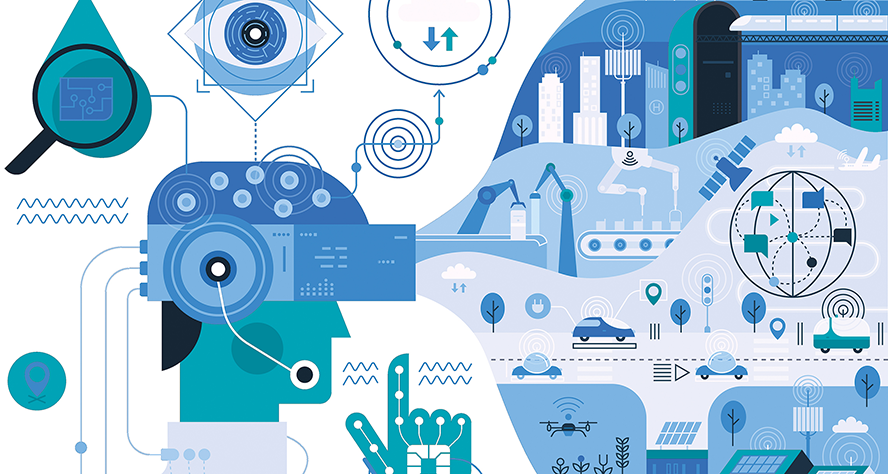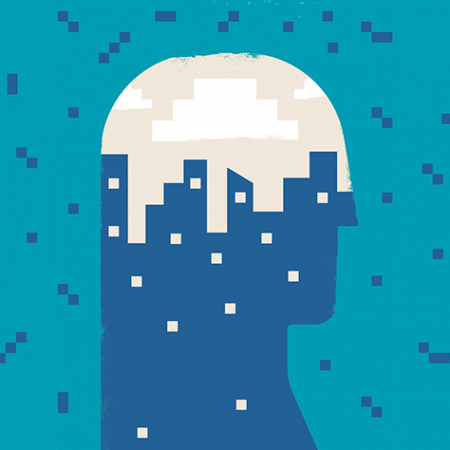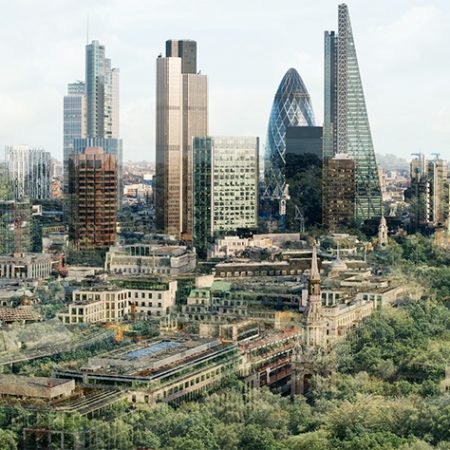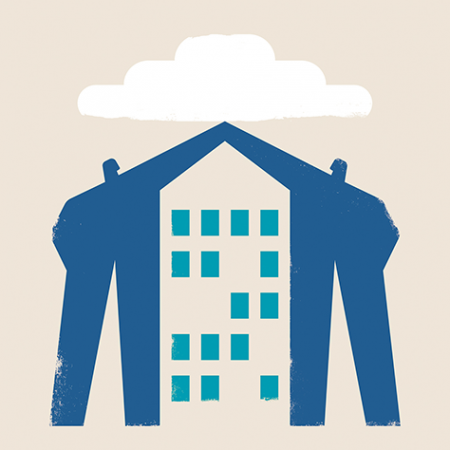Making cities more resilient
The Hudson Yards microgrid, New York
The developers of Hudson Yards, the largest private real estate development in US history, have provided large commercial tenants with a microgrid – a self-sufficient energy system that can operate independently from the wider grid. Related Companies and Oxford Properties are supplying heat and power at Eastern Rail Yards from one energy source, known as a cogeneration plant. The system also has breakers that will open to isolate Hudson Yards from the rest of the grid in the event of a power failure, delivering power directly to the buildings.
Cogeneration power plants are between 50% and 70% more efficient than single- generation facilities. The other advantage of this solution is that it can account for the variety of energy demands across the commercial, retail and residential spaces: office buildings peak in the afternoon, residential buildings peak in the morning and evening, and the retail and cultural facilities are busiest over the weekend.
Citizen Cloud platforms, Shanghai
The Smart Shanghai – People-Oriented Smart City project developed digital infrastructure, e-government services, and a City Brain – an AI system that uses data to solve transport, security, construction and urban planning issues.
In Shanghai, a dual gigabit city infrastructure is providing extremely fast download speeds, enabling high-definition video streaming and applications such as augmented reality and virtual reality
Its Suishenban Citizen Cloud platform provides access to over a thousand services, with around 10 million people – half the city’s population – using the system to register births and marriages and access social security, medical treatment, legal services and transportation.
The city has also stolen a march in 5G coverage across key districts and is rolling out a broadband gigabit network. A dual gigabit city infrastructure is providing extremely fast download speeds, enabling high-definition video streaming and applications such as augmented reality and virtual reality. It will also improve the operation of IoT technology and enable remote working and public Wi-Fi networks.
Making cities more mobile
Technology for a car-less city, Seoul
The Hopeful Seoul Monitoring System is a public-private partnership that involves a city-wide monitoring system that tracks vehicle and pedestrian traffic around the city to help prevent traffic congestion. Free public bicycle programmes and attractive public transport services are helping Seoul evolve into a car-less city, with aims for private car ownership to be unnecessary by as soon as 2030.
Meanwhile, Seoul Innovation Park is a social innovation platform where people develop creative initiatives to solve social problems and help build a “safe and sustainable” society. Across 100,000 sq m, there are 235 organisations, companies and cooperatives and 1,200 innovators doing social experiments covering fields such as social economy, art, culture, education, human rights and fair trade. There are also spaces where citizens can collaborate, as well as experience virtual and augmented reality.
Cyclists and smartphones monitor streets, Helsinki
In 2021, Helsinki called on its residents to map out 300km of cycling paths to identify and repair any damage to them. Cyclists attached a smartphone loaded with a specialised app to their handlebars to gather the data. The app, Crowdchupa, is a game for crowdsourcing data collection that navigates cyclists via objects to “collect”. Each item collected translates into money that is paid to the cyclists.
Cycling is an important part of the city commute in Helsinki, with 1,500km of well-maintained cycling paths to support it; biking’s modal share of city traffic is 11%. Health benefits accrued from this have resulted in a €3.6 billion gain for every €1 billion invested in the pathways, according to a 2021 study released by Handshake, an EU initiative that is pioneering cycling infrastructure across European capitals.
Making cities more green
The world’s largest single-site solar park, Dubai
The Mohammed bin Rashid Al Maktoum Solar Park is a single-site solar park in Dubai that aims to be the largest in the world. It has planned production capacity of 5,000MW by 2030, with a mission to save more than 6.5 million tonnes of carbon emissions every year.
The project is part of Dubai’s strategy to increase the share of clean power in its energy mix over the short term, and fits into the UAE’s desire to become carbon neutral by 2050, with clean and renewable energy investment worth DH 600 billion planned over the next three decades.
The first phase became operational in 2013 and has already contributed to a major reduction of carbon emissions. The project is made up of 153,000 photovoltaic cells and covers a surface area of 280,000 sq m.
High-speed, solar-powered transport, Riyadh
Virgin Hyperloop is currently developing a freight transportation system that will dramatically cut land-based travel times. The solar-powered transport system, which uses vacuum tubes and magnetic railways, could potentially transport passengers at speeds equivalent to that of an aeroplane within a decade. Top speeds are estimated to be 1,123km/h (760mph), with average speeds ranging between 800 and 965km/h.
The company has recently announced it is focusing on a freight-only version of the technology to better respond to global supply chain challenges. Its first route, which it aims to deliver in four years, may be a link between the western port city of Jeddah with Riyadh and beyond to the Gulf states on the east of the Arabian Peninsula.
Virgin Hyperloop is the only company to have completed a successful test run with passengers using the technology. With zero direct emissions and very little noise pollution, the system has potential to move 45 million passengers per year around the Gulf.



